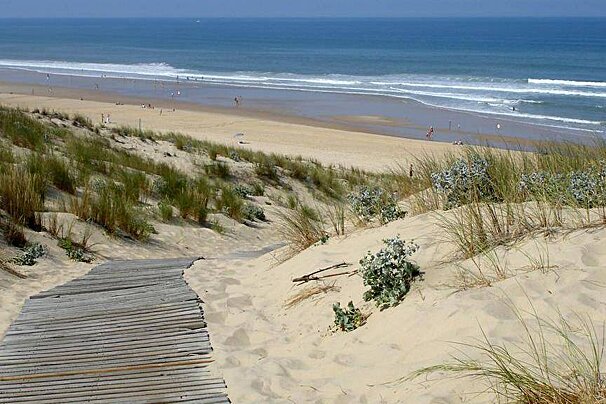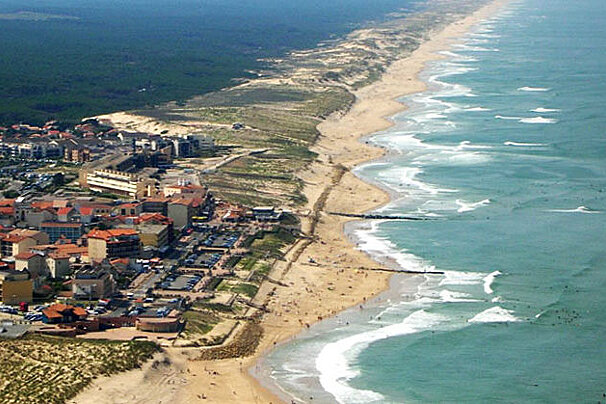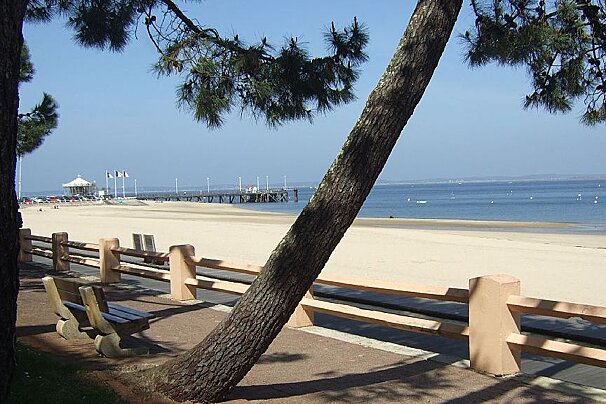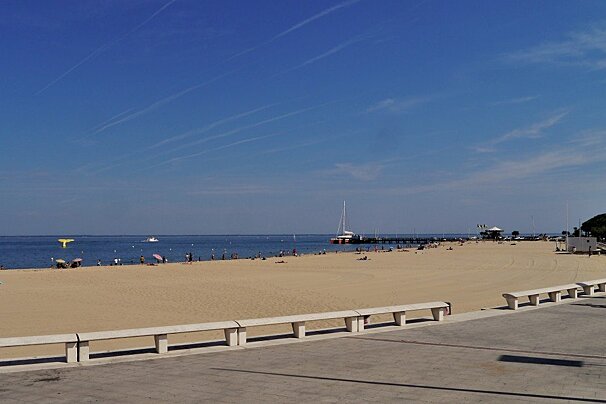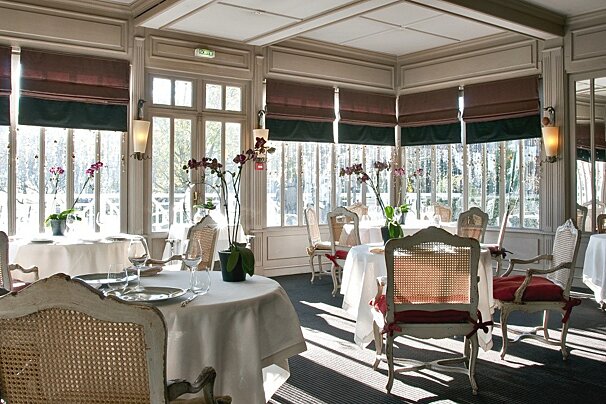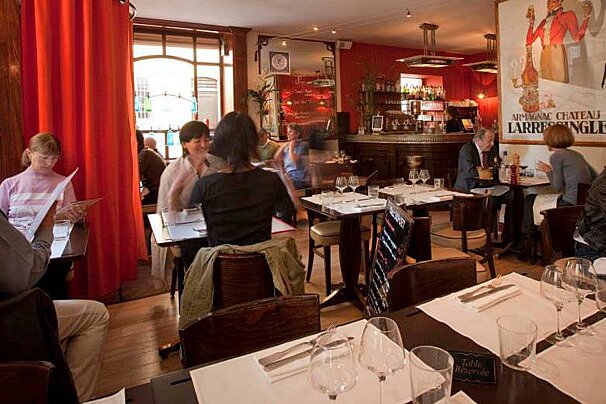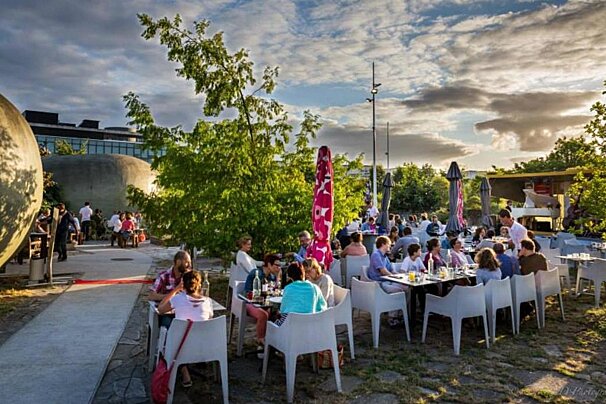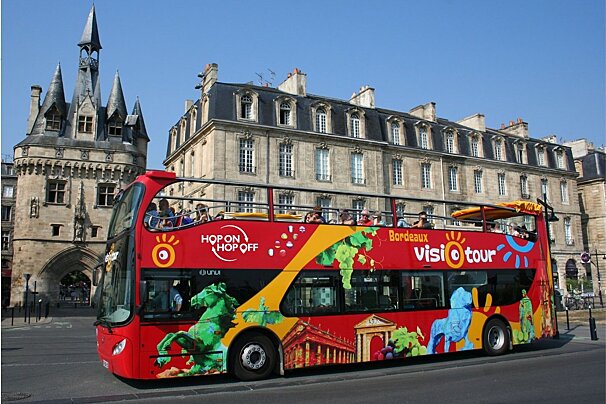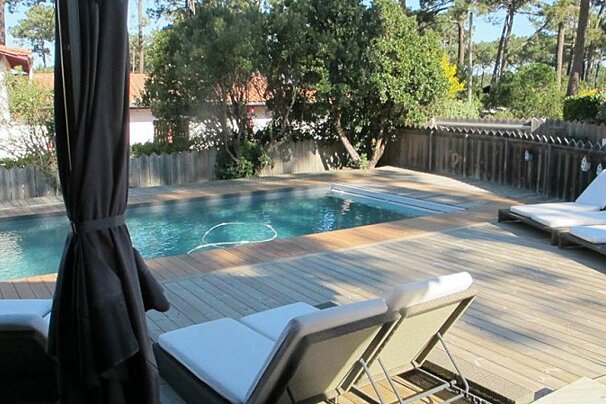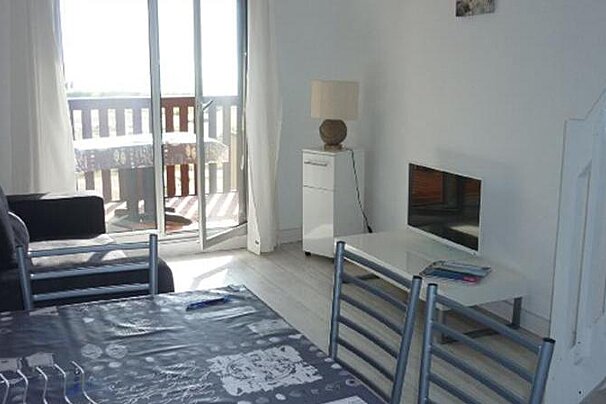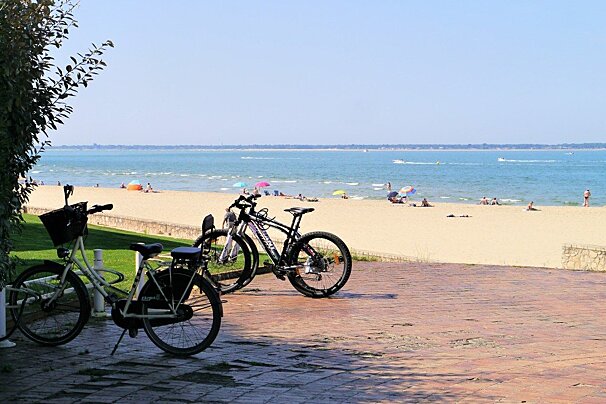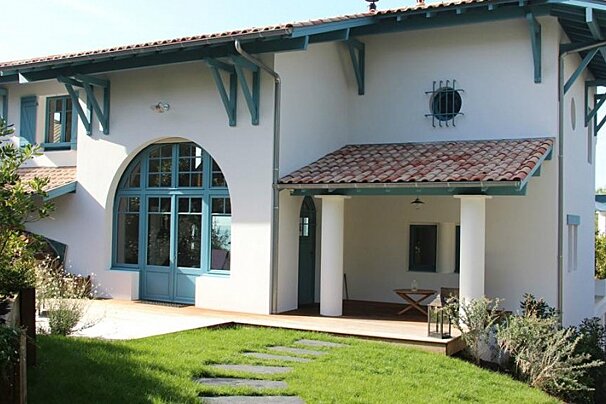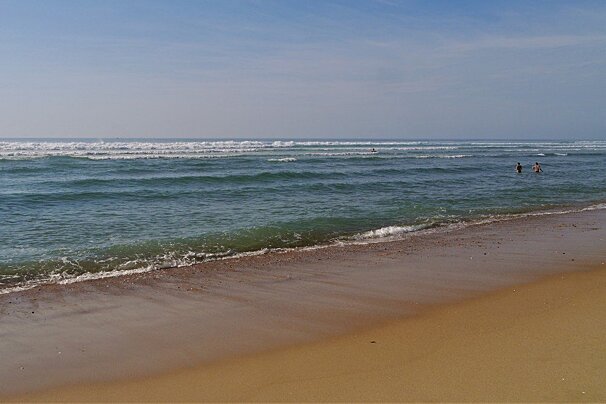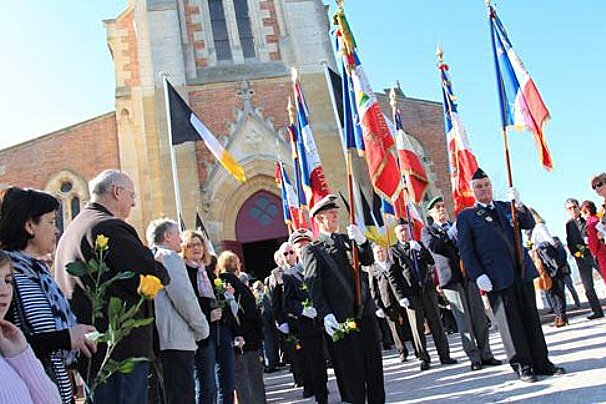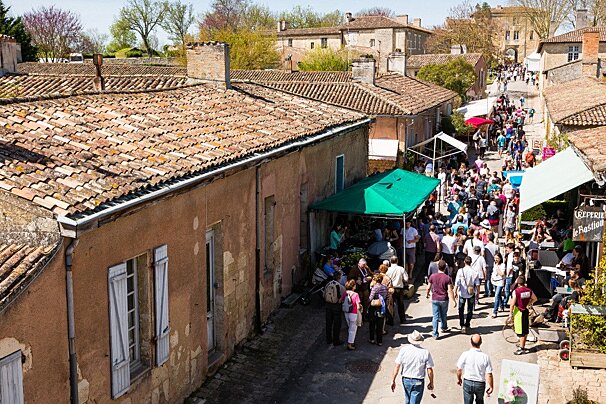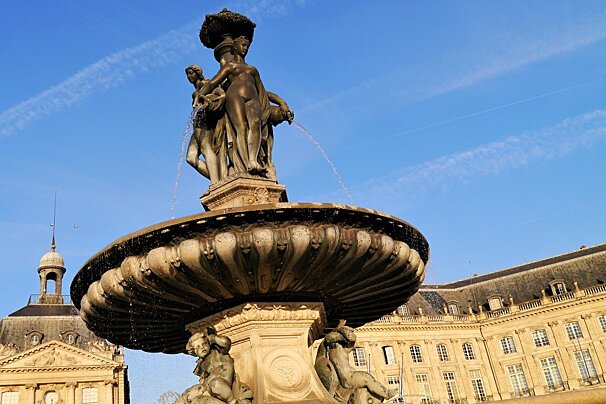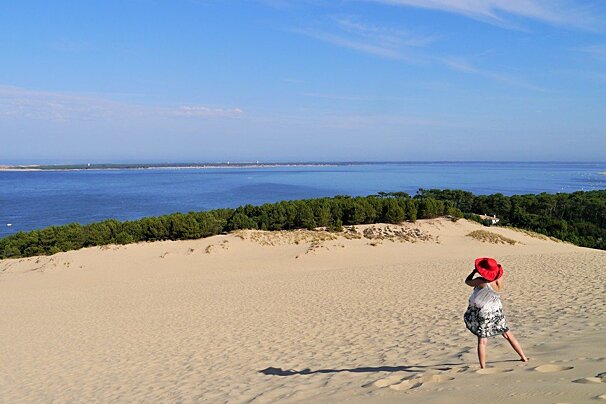The area of Le Porge was essentially moors, marshes and dunes until the nineteenth century. Over the years, the town was transformed with various natural hazards and human interventions: in 1827, there were 6,712 acres of moors and marshes, and in 1887, this had declined to only 2,000 hectares of heathland .
The village developed along a North-South axis, following the shape of an arc between the dunes, rivers and drained wetlands area.
Until the seventeenth century, the population was virtually a self-sufficient small farming community. The swampy areas had been drained by the digging of the Canal des Etangs which runs from Lac d'Hourtin further north, then into the Etang de Lacanau past La Porge and the water is then discharged into the Bay of Arcachon. It was inaugurated on 31st May, 1864. The canal allowed farming of crops before nature took over and caused the land to form open moorlands. The seeding of the moors with pine trees, the sale of pines and resin tapping allowed the town to flourish and grow.
In 1986, the tapping (harvesting pine resin) was stopped, due to competition from countries such as Greece and Portugal.
Today, Le Porge is a seaside resort.









